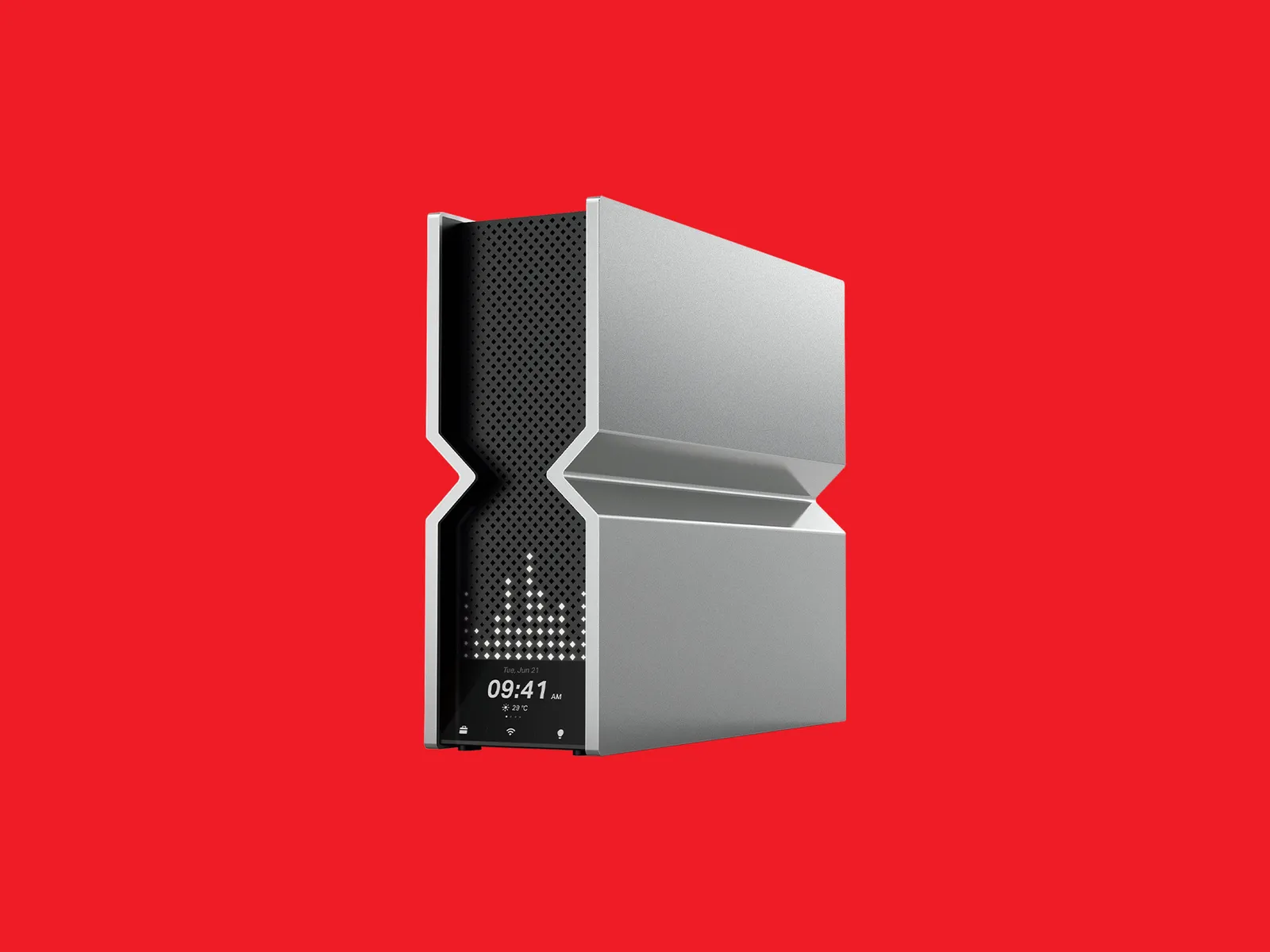In a surprising turn of events, Microsoft’s Windows 10 will not be embracing the latest Wi-Fi 7 technology. This decision has left many users and tech enthusiasts puzzled, as the new Wi-Fi standard promises unparalleled speed and efficiency.
Why is Wi-Fi 7 a Big Deal?
Wi-Fi 7 is not just another incremental upgrade. It is set to redefine wireless connectivity with speeds that are up to 2.4 times faster than Wi-Fi 6E and a whopping 4.8 times faster than Wi-Fi 6. Such advancements are crucial in an era where seamless connectivity is paramount, be it for remote work, online gaming, or streaming high-definition content.
Microsoft’s Stance
Recent reports, including a support document from network specialist Netgear, have confirmed that Windows 10 will not be supporting the new Wi-Fi 7 standard. This revelation comes even though Microsoft isn’t set to end support for Windows 10 until 2025. The decision has inevitably raised eyebrows, especially when competitors like Linux and ChromeOS are gearing up to support the new standard.
A Push Towards Windows 11?
While Windows 10 users might feel left out, there’s a silver lining for those willing to upgrade. Intel has confirmed that Wi-Fi 7 will be supported in Windows 11. This move by Microsoft might be a strategic push to encourage users to transition to their latest operating system, Windows 11. After all, with such a significant technological advancement on the line, many might consider the upgrade worthwhile.
What Does This Mean for Windows 10 Users?
For the average user, this might not pose an immediate concern. Current Wi-Fi standards are more than capable of handling everyday tasks. However, as more devices and routers start supporting Wi-Fi 7, Windows 10 users might find themselves lagging behind in terms of wireless connectivity speed and efficiency.
In Summary:
- Windows 10 will not support the new Wi-Fi 7 standard.
- Wi-Fi 7 offers speeds up to 2.4 times faster than Wi-Fi 6E.
- While Windows 10 misses out, Windows 11, Linux, and ChromeOS are set to support Wi-Fi 7.
- Microsoft’s decision might be a strategic move to push users towards Windows 11.
As technology continues to evolve, it’s essential for users to stay informed and make decisions that ensure they aren’t left behind. While Windows 10 has served many faithfully over the years, the lack of Wi-Fi 7 support might be a sign that it’s time to look forward.


















